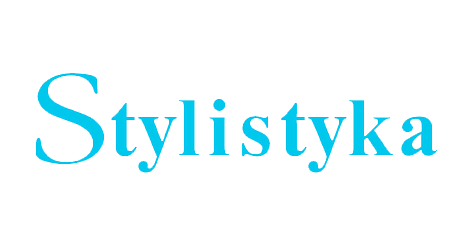

The authoress reminds that the grounds for a definition of linguistic system are derived from the theory by F.de Saussure. Latterly, the notional opposition langue-parole is often replaced by the composition code-m essage, (cf P.Ricoeur and others). However, code can’t be completely identified with system. The authoress of the article wonders if the main features of language system have their equivalents in style’s structure. Sbe adduces a thesis of some art theorists that art is „a derivative fonnative system”. It encourages the comparison of a systemic structure of language with a structure of style regarded as one unit of a semiotic nature. The structure of language system consists of perfect linguistic forms, categories and functions.The structure of style includes analo[1]gically stylistic universals, such as codes, categories and functions (constitutive ones, i.e. the constructions, and generating ones, i.e. the accommodations). The codes, i.e. sets of selected units of language (in linguistic style) are arranged according to one-class rows, e.g. the sacral, mythological, biblical, tenninological codes, etc. The constitutive functions, i.e. the constructions, are the figures as well as schemes of genre, narrative patterns, versifications, etc. The generating functions, i.e. the accommodations, have been discussed in the other works by authores. In this article she also deals with a difficult question of stylistic categories, which she defines as „the quantifying semiotic classes". The categories are the property of codes. There are two types of categories: contextual and expressive. These last belong, probably, also to the individual system of the expressive units of language. The general conclusion its: we can talk about the stylistic system only if we mean the abstract structure with its typical constitutive units: the codes, categories and functions.
##plugins.themes.libcom.download_files##
##plugins.themes.libcom.cit_rules##